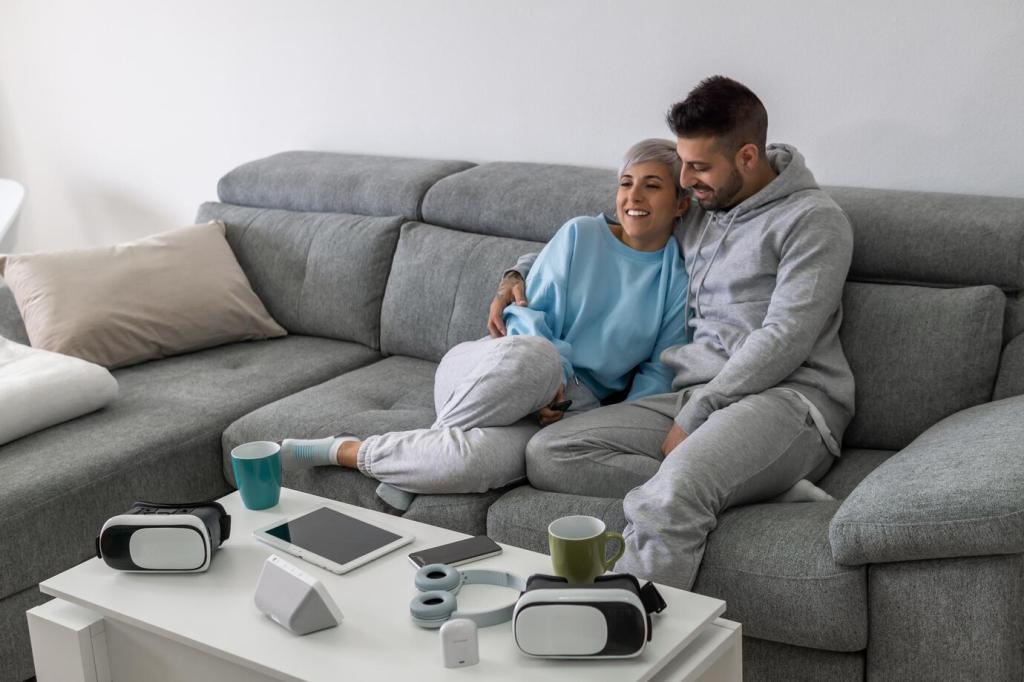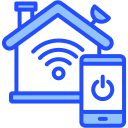Security Challenges in Smart Home Technology
The rise of smart home technology has transformed daily living, offering unprecedented convenience, automation, and efficiency. However, as households increasingly embrace devices connected to the Internet of Things (IoT), new and complex security challenges emerge. Vulnerabilities in connected devices can lead to privacy breaches, data theft, and even potential threats to personal safety. Understanding these challenges is essential for users, developers, and policymakers alike. This page explores the multifaceted security risks in smart homes and considers strategies to mitigate them.


Insecure Default Settings
Many smart home devices are shipped with insecure default settings, such as easily guessable usernames and passwords or unnecessary open ports. Manufacturers often prioritize ease of use during installation, sometimes at the expense of robust security. If these default settings are not changed by users, attackers can rapidly exploit them to gain network entry. Once compromised, a single device with weak security can serve as a staging ground for attacks on other connected devices within the home, magnifying the potential damage. Users often lack the awareness or expertise to recognize and modify these settings, making persistent vulnerabilities all too common.

Outdated Firmware and Patch Delays
A critical security challenge in smart home technology is the prevalence of devices running outdated firmware. Manufacturers may not always provide timely patches, or users may neglect to apply updates, leaving devices exposed to known exploits. For cybercriminals, these unpatched systems are easy targets, as public disclosures make vulnerabilities widely known. Additionally, some devices do not support over-the-air updates, forcing users to manually intervene—a process that may be unfamiliar or inconvenient for the average consumer. The result is a fragmented ecosystem where certain devices remain perpetually vulnerable long after threats are identified.

Inadequate Authentication Methods
Another key vulnerability arises from inadequate authentication mechanisms. Devices that lack multi-factor authentication or rely solely on weak passwords are easier to compromise. Attackers can employ brute force techniques or credential stuffing—using leaked passwords from other breaches—to gain unauthorized control. Once inside, they can manipulate device settings, eavesdrop through microphones or cameras, or further infiltrate home networks. The absence of standardized authentication protocols across the industry exacerbates these issues, providing an inconsistent layer of defense and making it more challenging for users to secure all their devices effectively.
Privacy Risks in Smart Home Environments
Surveillance and Data Collection
Smart home devices, such as security cameras, voice assistants, and activity trackers, continuously monitor user behavior and surroundings. While these features provide convenience and peace of mind, they also introduce concerns regarding surveillance and data collection. Collected data may include voice recordings, video footage, and even metadata about user activities and schedules. This trove of information can be valuable to cybercriminals, advertisers, or even government agencies, raising serious questions about consent and control. Users often have limited visibility into the extent of data collected and the purposes for which it is used, which undermines trust in these technologies.
Third-Party Data Sharing
Many smart home services rely on integrations with third-party platforms or cloud providers. While this interoperability can enhance user experiences, it also multiplies privacy risks. Data shared with external partners may be subject to different privacy policies, security standards, or jurisdictions, making it difficult for users to track or control their information. Moreover, data might be aggregated, sold, or analyzed for targeted advertising without explicit consent. Weak oversight in third-party relationships can lead to leaks or misuse of sensitive household data, compounding the overall privacy challenge inherent in smart home environments.
Lack of User Awareness and Control
A significant factor exacerbating privacy risks is the lack of user awareness and control over data flows within the smart home ecosystem. Device interfaces may not provide clear explanations about data collection, retention practices, or opt-out mechanisms. Users may unwittingly grant broad permissions during installation or setup, not fully understanding the implications for their privacy. Additionally, revoking access or deleting data may be cumbersome or impossible with some devices. This lack of transparency and accessible control leaves users vulnerable to unwanted tracking and exposes personal information to potential exploitation.

Wi-Fi Network Attacks
The home Wi-Fi network is the backbone of most smart home systems. If an attacker gains access to this network, they can monitor traffic, intercept communications, and exploit connected devices. Weak Wi-Fi passwords or outdated encryption standards such as WEP can make the network vulnerable to intrusion. Once inside, attackers may launch man-in-the-middle attacks, injecting malicious commands or snooping on sensitive information as it traverses the network. Protecting Wi-Fi with strong encryption and segmentation is essential, but user implementation is often inconsistent, leaving critical gaps for attackers to exploit.

Inter-Device Communication Weaknesses
Smart home devices often communicate with each other using a variety of wireless protocols, including Zigbee, Z-Wave, Bluetooth, and Wi-Fi. Each protocol presents its own security challenges, and not all are equally robust. Poorly implemented encryption or lack of mutual authentication between devices can expose communications to interception or manipulation. Attackers exploiting these weaknesses may issue unauthorized commands, disrupt device operation, or intercept sensitive data exchanges. The diversity of protocols and standards complicates the task of consistently securing inter-device interactions, creating a patchwork of potential vulnerabilities within the smart home ecosystem.

Compromised Hubs and Controllers
Smart home hubs and controllers typically serve as central command points for managing multiple devices. If a hub is compromised, attackers can gain control over a wide array of smart functions, from unlocking doors to disabling security alarms. The consequences can be severe, as the attacker effectively controls the operational heart of the intelligent home. Hub vulnerabilities may stem from weak authentication, outdated firmware, or insecure cloud management interfaces. Moreover, because hubs aggregate data and permissions, their compromise poses a unique risk—facilitating escalation from localized device breaches to full-scale network infiltration.
